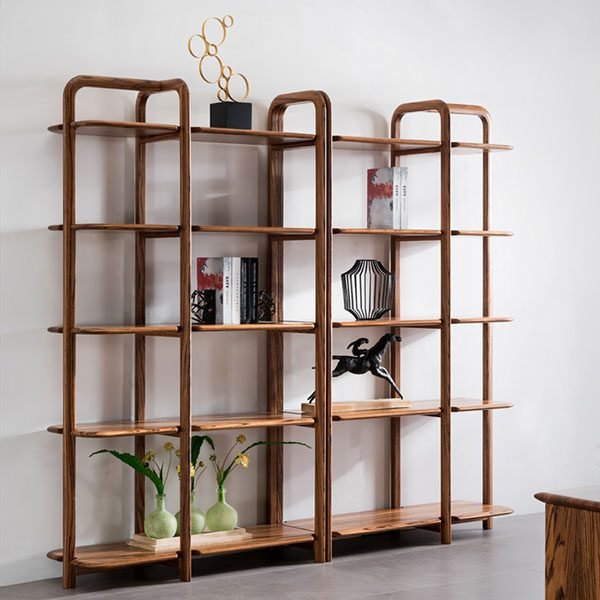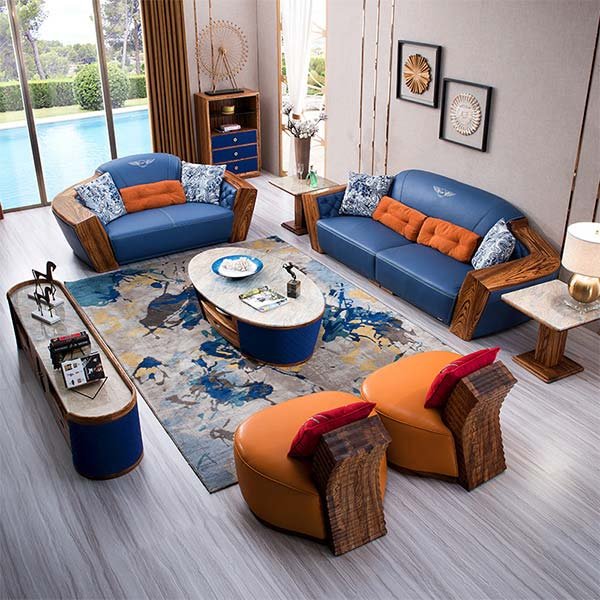“Create your dream bedroom with stylish furniture design!”
Color schemes and how they can impact the overall design
When it comes to designing a bedroom with furniture, one of the key elements to consider is the color scheme. The colors you choose can have a significant impact on the overall design and feel of the room. In this article, we will explore different color schemes and how they can influence the look and atmosphere of your bedroom.
One popular color scheme for bedrooms is a neutral palette. Neutral colors such as white, beige, and gray can create a calming and serene atmosphere in the room. These colors are versatile and can be easily paired with different furniture styles and textures. A neutral color scheme is also a great choice if you want to create a minimalist and modern look in your bedroom.
If you want to add a pop of color to your bedroom, consider using a monochromatic color scheme. This involves using different shades of the same color throughout the room. For example, you could use varying shades of blue to create a cohesive and harmonious look. A monochromatic color scheme can add depth and visual interest to the room without overwhelming the space.
Another popular option for bedroom color schemes is a complementary scheme. This involves using colors that are opposite each other on the color wheel, such as blue and orange or purple and yellow. Complementary colors create a dynamic and vibrant look in the room. However, it is important to use these colors in moderation to avoid a clash of colors that can be visually jarring.
An analogous color scheme is another option for designing a bedroom with furniture. This involves using colors that are next to each other on the color wheel, such as blue and green or red and orange. Analogous colors create a harmonious and cohesive look in the room. This color scheme is great for creating a sense of unity and balance in the space.
When choosing a color scheme for your bedroom, it is important to consider the size and layout of the room. Lighter colors can make a small room feel more spacious, while darker colors can create a cozy and intimate atmosphere in a larger room. It is also important to consider the natural light in the room, as this can affect how the colors appear.
In conclusion, the color scheme you choose for your bedroom can have a significant impact on the overall design and feel of the room. Whether you opt for a neutral palette, a monochromatic scheme, a complementary scheme, or an analogous scheme, it is important to consider how the colors will work with the furniture and decor in the room. By carefully selecting a color scheme that suits your style and preferences, you can create a beautiful and inviting bedroom that you will love spending time in.
Maximizing space with the right furniture layout
Designing a bedroom with the right furniture layout is essential for maximizing space and creating a functional and aesthetically pleasing environment. When it comes to arranging furniture in a bedroom, there are a few key principles to keep in mind.
First and foremost, it’s important to consider the size and shape of the room. If you have a small bedroom, you’ll want to choose furniture that is proportionate to the space. Opt for pieces that are sleek and streamlined to avoid overcrowding the room. Consider using multifunctional furniture, such as a bed with built-in storage or a desk that doubles as a vanity.
When arranging furniture in a bedroom, it’s important to create a sense of balance and harmony. Start by placing the largest piece of furniture, such as the bed, against the longest wall. This will help to anchor the room and create a focal point. From there, arrange the remaining furniture around the bed in a way that allows for easy movement throughout the room.
Another key aspect of designing a bedroom with furniture is to consider the flow of the space. Make sure there is enough room to move around the furniture comfortably and that there are clear pathways from one area of the room to another. Avoid placing furniture in front of doors or windows, as this can disrupt the natural flow of the room.
In addition to the layout of the furniture, it’s important to consider the style and design of the pieces you choose. Opt for furniture that complements the overall aesthetic of the room and reflects your personal style. Consider mixing and matching different pieces to create a unique and eclectic look.
When selecting furniture for a bedroom, it’s also important to consider the functionality of each piece. Choose furniture that serves a purpose and meets your specific needs. For example, if you need extra storage, opt for a dresser or chest of drawers. If you like to read in bed, consider adding a bedside table with a lamp for added convenience.
In conclusion, designing a bedroom with the right furniture layout is essential for creating a space that is both functional and visually appealing. By considering the size and shape of the room, creating a sense of balance and harmony, and ensuring a smooth flow throughout the space, you can maximize the potential of your bedroom. Remember to choose furniture that complements the overall aesthetic of the room and meets your specific needs. With these tips in mind, you can create a bedroom that is both stylish and practical.
Incorporating different textures and materials for a cohesive look
Designing a bedroom with furniture involves more than just picking out a bed and a dresser. To create a cohesive and visually appealing space, it’s important to consider incorporating different textures and materials into the design. By mixing and matching various elements, you can add depth and interest to the room while creating a harmonious overall look.
One way to incorporate different textures and materials into your bedroom design is by mixing wood tones. Instead of sticking to one type of wood for all your furniture pieces, consider mixing different finishes and grains. For example, you could pair a dark walnut bed frame with a lighter oak nightstand and a reclaimed wood dresser. This combination adds visual interest and creates a more dynamic look in the room.
Another way to add texture to your bedroom is by incorporating upholstered furniture pieces. A plush velvet headboard or a cozy fabric armchair can add softness and warmth to the space. Mixing in upholstered pieces with wood or metal furniture can create a balanced and inviting atmosphere in the room.
In addition to mixing wood tones and upholstery, consider adding metallic accents to your bedroom design. Brass, gold, or silver hardware on furniture pieces can add a touch of glamour and sophistication to the space. You could also incorporate metallic finishes in lighting fixtures, mirrors, or decorative accessories to tie the room together.
When incorporating different textures and materials into your bedroom design, it’s important to consider the overall color scheme of the room. Choose furniture pieces that complement each other in terms of color and finish to create a cohesive look. For example, if you have a neutral color palette in the room, you could add interest by mixing in furniture pieces with different textures and materials in shades of white, beige, and gray.
To tie everything together, consider adding textiles such as rugs, curtains, and throw pillows that complement the textures and materials in the room. A plush rug can add warmth and softness to a hardwood floor, while patterned curtains can add visual interest and depth to the space. Mixing different textiles in coordinating colors and patterns can help create a cohesive and inviting atmosphere in the bedroom.
In conclusion, designing a bedroom with furniture involves more than just selecting pieces that match. By incorporating different textures and materials into the design, you can create a visually appealing and cohesive space. Mixing wood tones, adding upholstered furniture pieces, incorporating metallic accents, and choosing textiles that complement the overall color scheme are all ways to add depth and interest to your bedroom design. By carefully selecting and combining different elements, you can create a space that is both stylish and comfortable.
Заключение
Выбрать мебель подходящего размера, стиля и цвета, учитывая функциональность и удобство использования. Создать гармоничное сочетание мебели, текстиля и декора для создания уютной и стильной обстановки в спальне.



